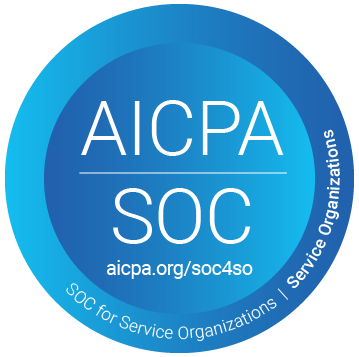
Compliance management means monitoring an organization’s systems, policies and procedures to ensure all employees observe laws and regulations regarding the place where they work, the way they work, and what they do.
Compliance management is critical because incorrect management can result in the business or its employees not complying, and therefore being liable for lawsuits. Correct compliance management mitigates risks and builds a culture of compliance.
This article covers the fundamentals of compliance management, including implementation, and the role of technology in improving the process.
How to successfully implement a Compliance Management System
Every compliance program should have a chief compliance officer or a compliance manager. This person should have the authority to create policies, revise policies and provide training when needed. The compliance officer should work with other teams inside the company to meet each department’s requirements for the business to be compliant.
The correct implementation of any compliance management system is mostly dependent on efficient communication and feedback. Therefore, it’s critical that the compliance manager creates a process that effectively communicates the requirements each employee should fulfill within their area or department.
Every department within the organization should be able to say: “These are the requirements we meet, and these are the ones we don’t”. Then, with the assistance of the compliances manager and embedded compliances processes, get a simple answer to remedy the compliance requirements they are failing to meet.
With these basic concepts established, let´s review best practices when implementing a Compliance Management System.
Best Practices for Implementing a Compliance Management System
- Clear Vision
The first step for the success of a Compliance Management System is an objective. Which requirements are you pursuing and to what end? Even though you could say ‘the objective is compliance” that is far too vague to be considered a vision. Ideally, the objective would involve improving compliance, yes, but with precise action items and an envisioned horizon. - Planning
This is directly tied to having a clear vision. Planning involves coming to agreement with other department heads on how to report, who to report to, and how to tackle compliance in general. It also involves deadlines given to each department depending on the urgency of them being compliant.
- Scheduling
When is the system going to be implemented? Does every head of department know? It’s important that everyone works together to improve compliance as a company.
- Open Communication
The most valuable asset when dealing with requirements is open communication. If teams are not transparent, they can really complicate the entire organization reaching full compliance. It is best to create an environment of vulnerability—and the confidence to admit that vulnerability—to encourage open and transparent communication. Punishment and fixating on mistakes are a recipe for resentment and counterproductive sidebars. Looking forward and learning from past mistakes is the key to success.
- Technology
A Compliance Management System can be greatly empowered by a software counterpart. Software solutions come with automation, character recognition, and other nuances that make compliance tracking and management easier than ever. It also helps consolidate a transition to a fully digital environment, by providing cloud storage of documents and a cloud-native architecture.
Technology, A Strong Ally in Compliance Management
One strong ally to any Compliance Management Plan is Terra. Terra has a Compliance Management software for COIs (Certificates of Insurance). It can track and issue Certificates of Insurance, has an OCR (Optical Character Recognition) feature to easily import documents and make them digital. And it helps keep track and helps improve compliance rates by implementing automations.
Get together with our sales team to learn more about Terra.



